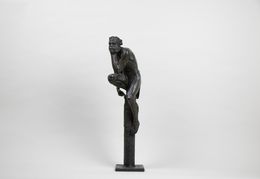
Roi singe, maquette
Christophe Charbonnel
Sculpture - 57 x 15 x 15 cm Sculpture - 22.4 x 5.9 x 5.9 inch
$17,156
Save your search and find it in your favorites
Save your search to find it quickly
Saved search
Your search is accessible from the favorites tab > My favorite searches
Unsaved search
A problem occurred

Sculpture - 57 x 15 x 15 cm Sculpture - 22.4 x 5.9 x 5.9 inch
$17,156

Sculpture - 135 x 63 x 45 cm Sculpture - 53.1 x 24.8 x 17.7 inch
$68,623

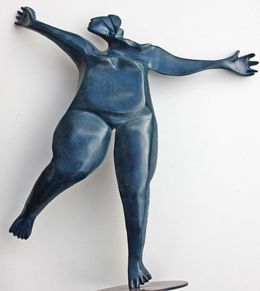
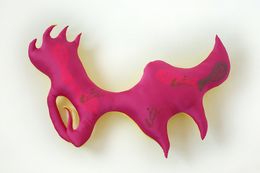
Sculpture - 25 x 150 x 100 cm Sculpture - 9.8 x 59.1 x 39.4 inch
$1,716

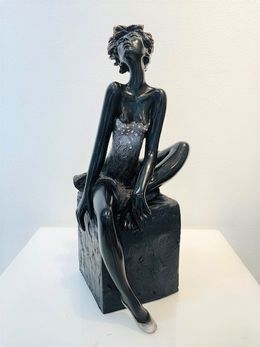
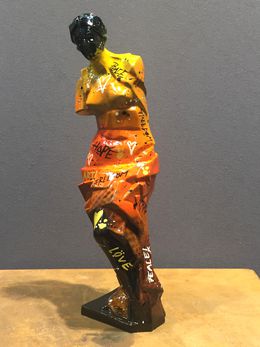
Sculpture - 35 x 10 x 8 cm Sculpture - 13.8 x 3.9 x 3.1 inch
$1,258
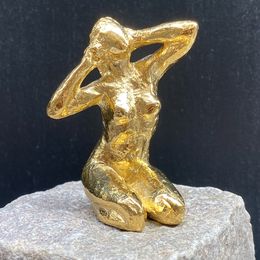
Sculpture - 8 x 5 x 5 cm Sculpture - 3.1 x 2 x 2 inch
$1,372

Sculpture - 8 x 3 x 5 cm Sculpture - 3.1 x 1.2 x 2 inch
$1,372
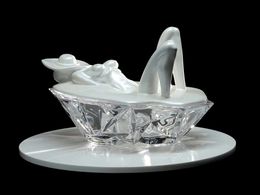

Sculpture - 84 x 38 x 25 cm Sculpture - 33.1 x 15 x 9.8 inch
$25,734
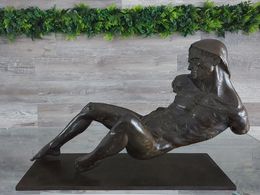
Sculpture - 38 x 54 x 24 cm Sculpture - 15 x 21.3 x 9.4 inch
$18,734
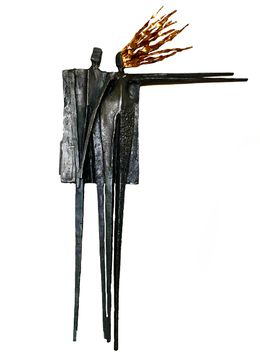
Sculpture - 86 x 50 x 7 cm Sculpture - 33.9 x 19.7 x 2.8 inch
$1,716 $1,355
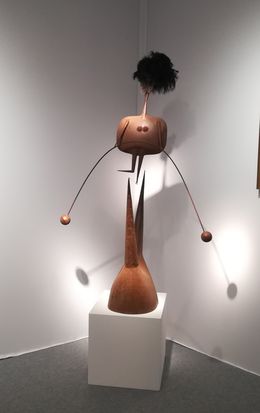
Sculpture - 150 x 114 x 81 cm Sculpture - 59.1 x 44.9 x 31.9 inch
$80,060

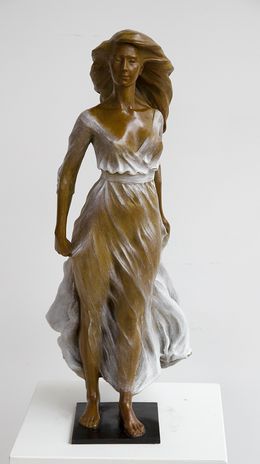


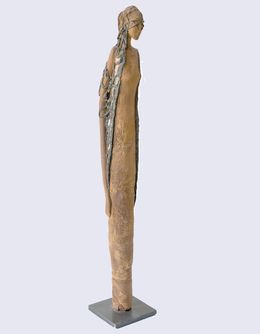
Sculpture - 72 x 12 x 12 cm Sculpture - 28.3 x 4.7 x 4.7 inch
$1,029


Sculpture - 72 x 50 x 30 cm Sculpture - 28.3 x 19.7 x 11.8 inch
$25,162
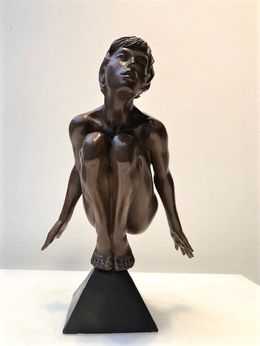

Sculpture - 43 x 70 x 25 cm Sculpture - 16.9 x 27.6 x 9.8 inch
$20,587
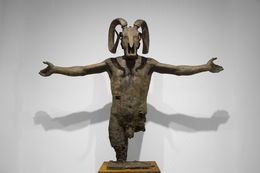
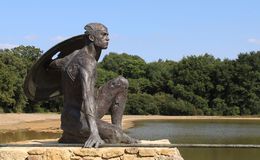
Sculpture - 200 x 200 x 220 cm Sculpture - 78.7 x 78.7 x 86.6 inch
$320,242

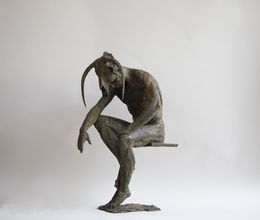
Sculpture - 100 x 53 x 57 cm Sculpture - 39.4 x 20.9 x 22.4 inch
$51,467
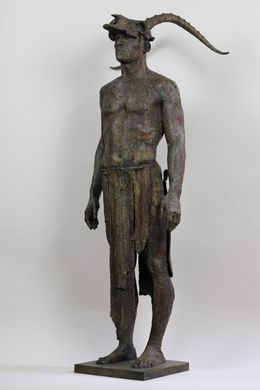
Sculpture - 131 x 44 x 42 cm Sculpture - 51.6 x 17.3 x 16.5 inch
$45,749
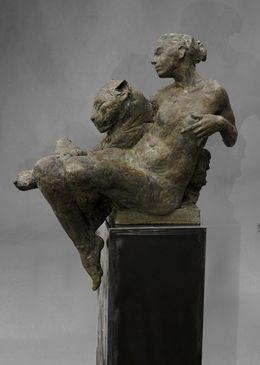
Sculpture - 103 x 78 x 34 cm Sculpture - 40.6 x 30.7 x 13.4 inch
$32,024


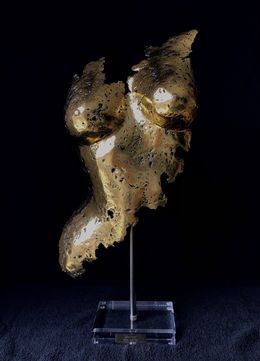

Sculpture - 250 x 128 x 141 cm Sculpture - 98.4 x 50.4 x 55.5 inch
$182,995

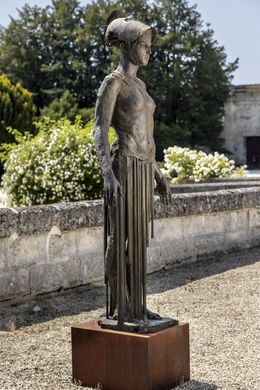
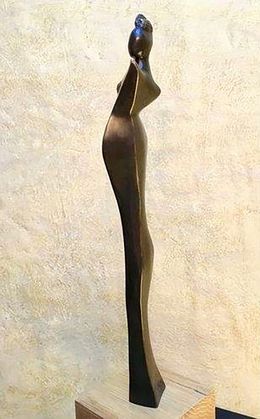

Sculpture - 177 x 80 x 80 cm Sculpture - 69.7 x 31.5 x 31.5 inch
$102,935


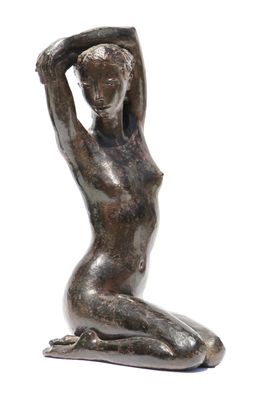



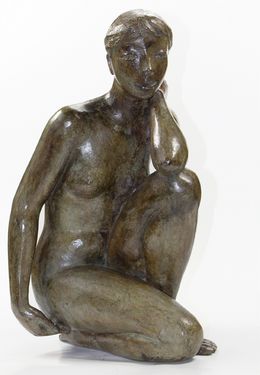

Sculpture - 57 x 24 x 30 cm Sculpture - 22.4 x 9.4 x 11.8 inch
$16,012
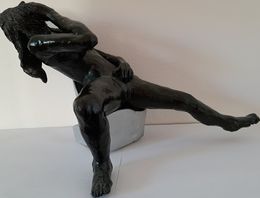
Sculpture - 22 x 26 x 15 cm Sculpture - 8.7 x 10.2 x 5.9 inch
$1,132

Sculpture - 70 x 40 x 32 cm Sculpture - 27.6 x 15.7 x 12.6 inch
$972
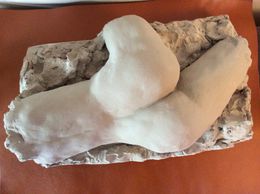
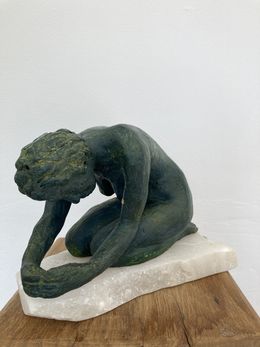
Sculpture - 14 x 22 x 9 cm Sculpture - 5.5 x 8.7 x 3.5 inch
$1,144

Sculpture - 30 x 10 x 10 cm Sculpture - 11.8 x 3.9 x 3.9 inch
$1,144


Sculpture - 53 x 8 x 8 cm Sculpture - 20.9 x 3.1 x 3.1 inch
$5,252
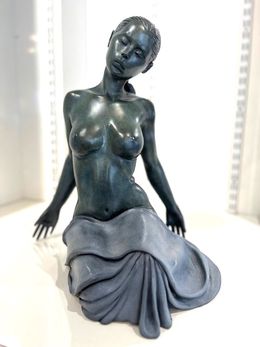
Sculpture - 46 x 38 x 30 cm Sculpture - 18.1 x 15 x 11.8 inch
$24,590



Sculpture - 97 x 16 x 16 cm Sculpture - 38.2 x 6.3 x 6.3 inch
$1,658
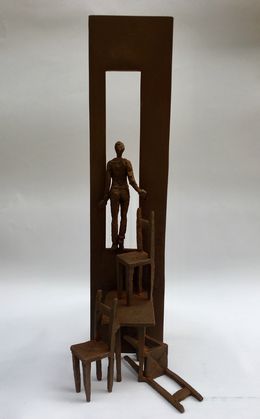
Sculpture - 41 x 11 x 12 cm Sculpture - 16.1 x 4.3 x 4.7 inch
$2,859

Sculpture - 36 x 58 x 100 cm Sculpture - 14.2 x 22.8 x 39.4 inch
$51,467




Sculpture - 5 x 19 x 6 cm Sculpture - 2 x 7.5 x 2.4 inch
$1,716
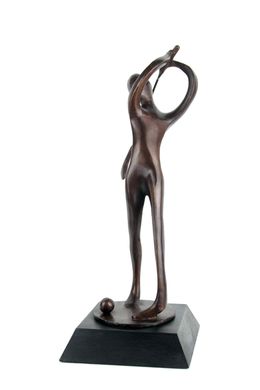




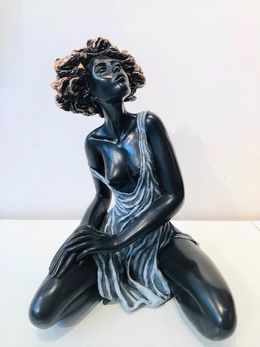

Sculpture - 31 x 17 x 7.5 cm Sculpture - 12.2 x 6.7 x 3 inch
$2,059
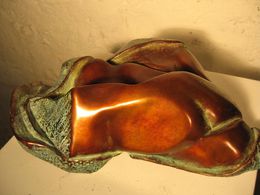
Sculpture - 14 x 40 x 26 cm Sculpture - 5.5 x 15.7 x 10.2 inch
$4,461 $3,791
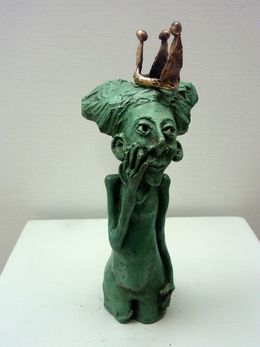
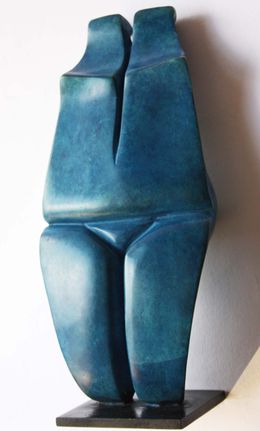
Sculpture - 21 x 10 x 5 cm Sculpture - 8.3 x 3.9 x 2 inch
$3,197 $2,717

Sculpture - 41.5 x 17.5 x 6 cm Sculpture - 16.3 x 6.9 x 2.4 inch
$5,501

Sculpture - 39 x 22 x 16 cm Sculpture - 15.4 x 8.7 x 6.3 inch
$5,490 $4,666
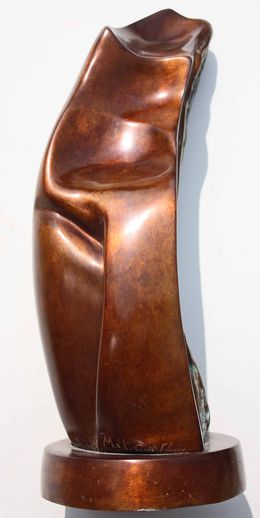
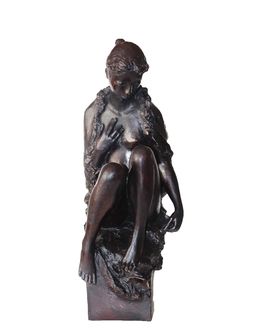


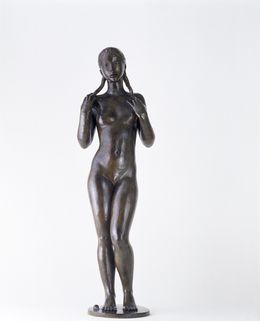
Sculpture - 100 x 31 x 21 cm Sculpture - 39.4 x 12.2 x 8.3 inch
$17,156
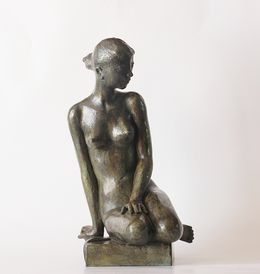
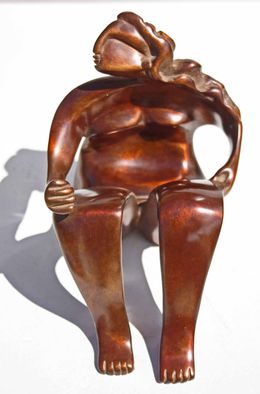
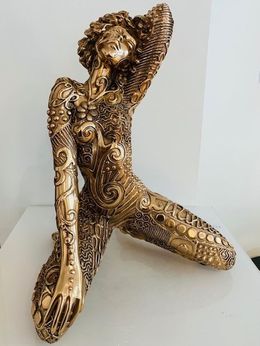


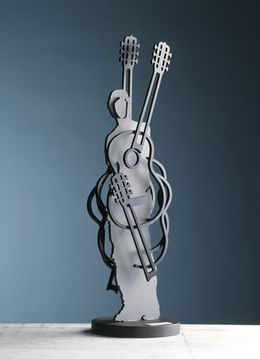
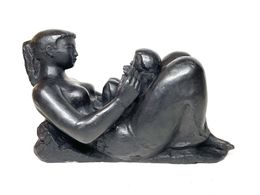
Sculpture - 28 x 42 x 23 cm Sculpture - 11 x 16.5 x 9.1 inch
$13,153


Sculpture - 36 x 23 x 7 cm Sculpture - 14.2 x 9.1 x 2.8 inch
$1,372

Sculpture - 20 x 16 x 6 cm Sculpture - 7.9 x 6.3 x 2.4 inch
$1,144

Sculpture - 28 x 14 x 12 cm Sculpture - 11 x 5.5 x 4.7 inch
$1,144


In a similar way to animal or abstract sculpture, nude sculpture is a distinct art genre that depicts humans figures unclothed. Nonetheless, traditional nude figures were often partially clothed with cleverly placed drapery with their genitals covered. Nude art does not necessarily translate as a representation of sheer nakedness and a complete absence of clothing but it does need to have a marked interested in portraying the human body.
Although nude art was only recognized by art critics as a genre of its own in the 20th century, it is one of the oldest forms of art known to date. Made in 24000 BCE, the Venus of Willendorf is an early example of nude sculpture. The fact that it is not a realistic representation of the female figure is irrelevant. The exaggerated chest and stomach may allude to a certain feminine beauty ideal or may be interpreted as symbols of fertility.
In Europe and the Middle East, a nude artistic tradition started to develop. Egyptian and Greco-Roman sculptures are certainly some of the most memorable works from this period of art history, many of which can be seen today at the Louvre Museum in Paris. Greek nudes first started to emerge during the 6th century BCE and focused essentially on portraying a certain ideal standard of beauty. Gods, heroes and athletes were all favorite subject choices for sculptors who sometimes depicted them on a monumental scale.
Throughout art history, the nude has been used to symbolize the canons of beauty of a particular period. In contrast to the Venus of Willendorf, the figures represented in Greek marble sculptures are a much more realistic representation of the proportions of the human body. However, they still adhere to rather strict artistic codes about human representation and the notion of the ideal body. The sculptures continued to depict an ideal standard of beauty, albeit one based more closely on true human nature.
The Roman Empire soon developed a taste for nude sculpture and began a long tradition of copying Greek sculptures for mainly decorative purposes. For quite some time after, the rising influence of Christianity brought the development of nude sculpture to a standstill. It wasn't until the Italian Renaissance that nude sculpture became a prestigious art form once again. Artists began to rediscover a form of artistic expression that allowed them to interpret beauty and glorify mankind.
Famous artists such as Bernini, Benvenuto Cellini or Michelangelo often chose mythological or biblical subjects as a pretext to study and explore human anatomy, creating as a result some of the most important masterpieces of Western art.
Their works contributed to the creation of a canon that dominated the artistic scene until the end of the 19th century when a new wave of sculptors announced the advent of modern art, a movement that was no longer interested in representing the model realistically but was more concerned about the expressive meaning of the work. The work of Auguste Rodin and of Alberto Giacometti are notable examples of the break away from realistic neoclassical nude sculpture.
To get a better idea of current trends in nude sculpture, have a look at the works of contemporary artists such as Sylvie Berry, Jean-François Lemaire and Cade.
The three main styles of sculpture are architectural, carvings, and reliefs. Carvings are sculptures created by carving into a material, and reliefs are sculptures where the sculpted components are bonded to a backing material.
Renaissance artists frequently represented the nude body in their work due to influence from the classical sculptures created in ancient Greece. Artists studied in depth from live models, aiming to create realistic, dynamic and mostly idealized representations of the human body.
One of the first known examples of a sculpture representing a female nude figure is Aphrodite of Knidos, a sculpture of the goddess of love and beauty Aphrodite. The sculpture was made around the 4th century BC by renowned sculptor Praxiteles of Athens.
Choose your preferences
The art is yours
The art is yours